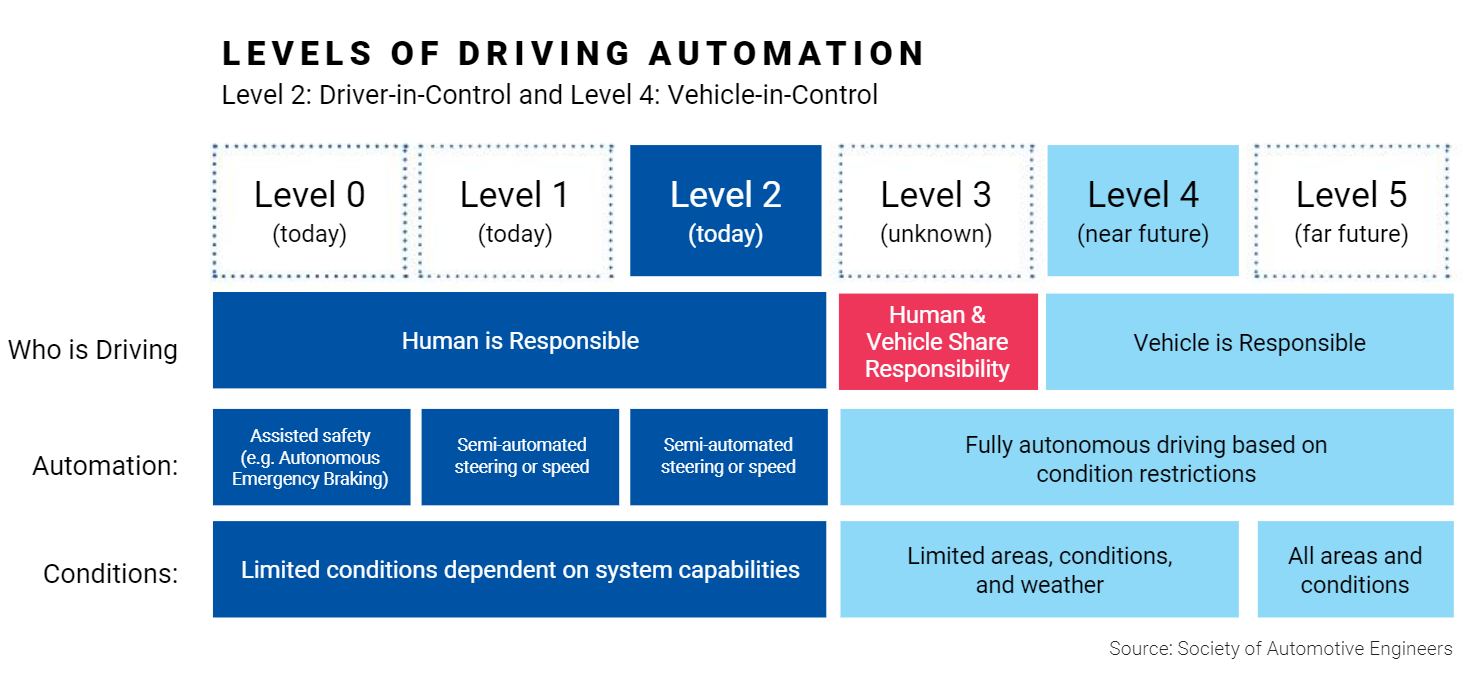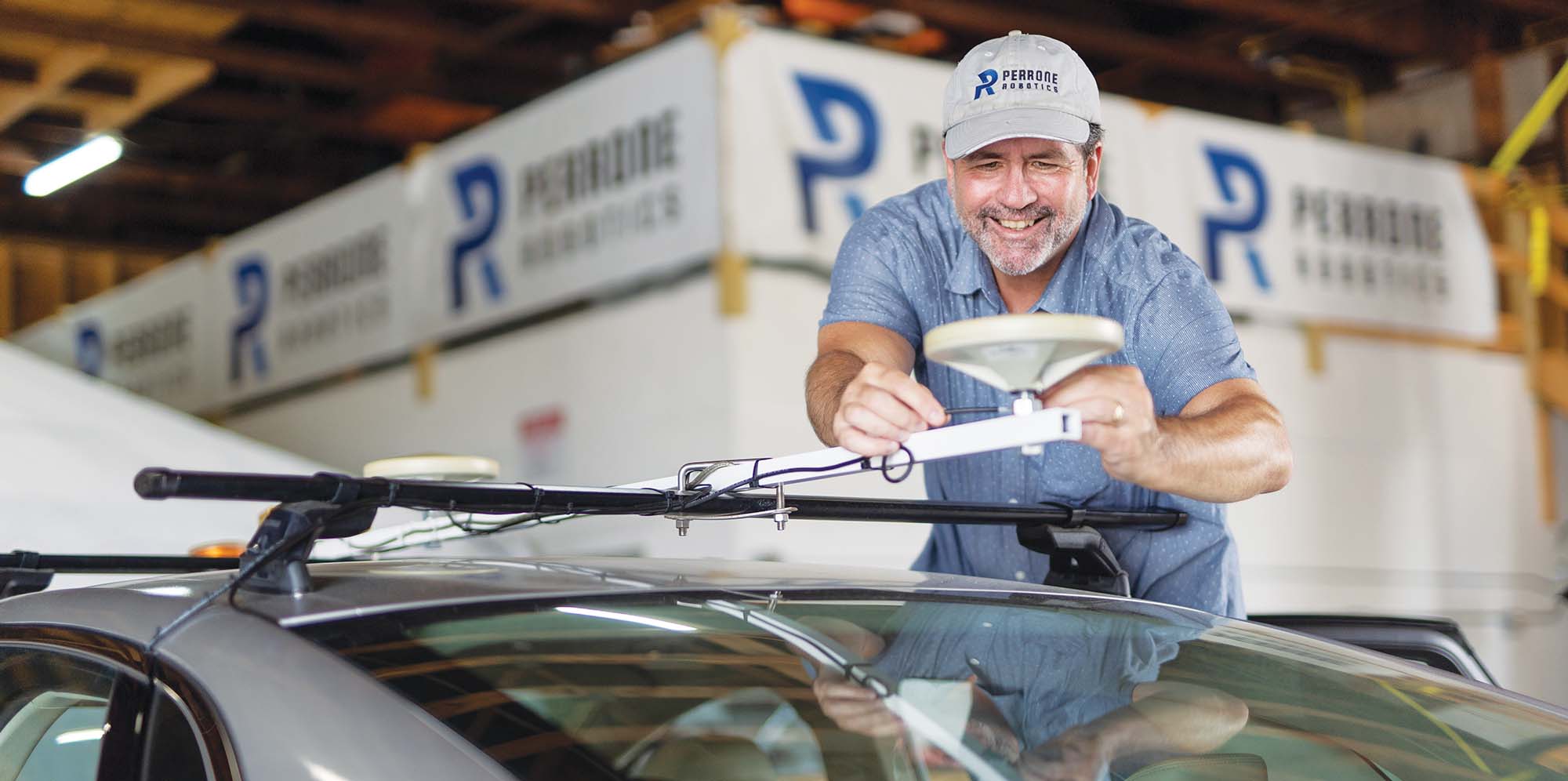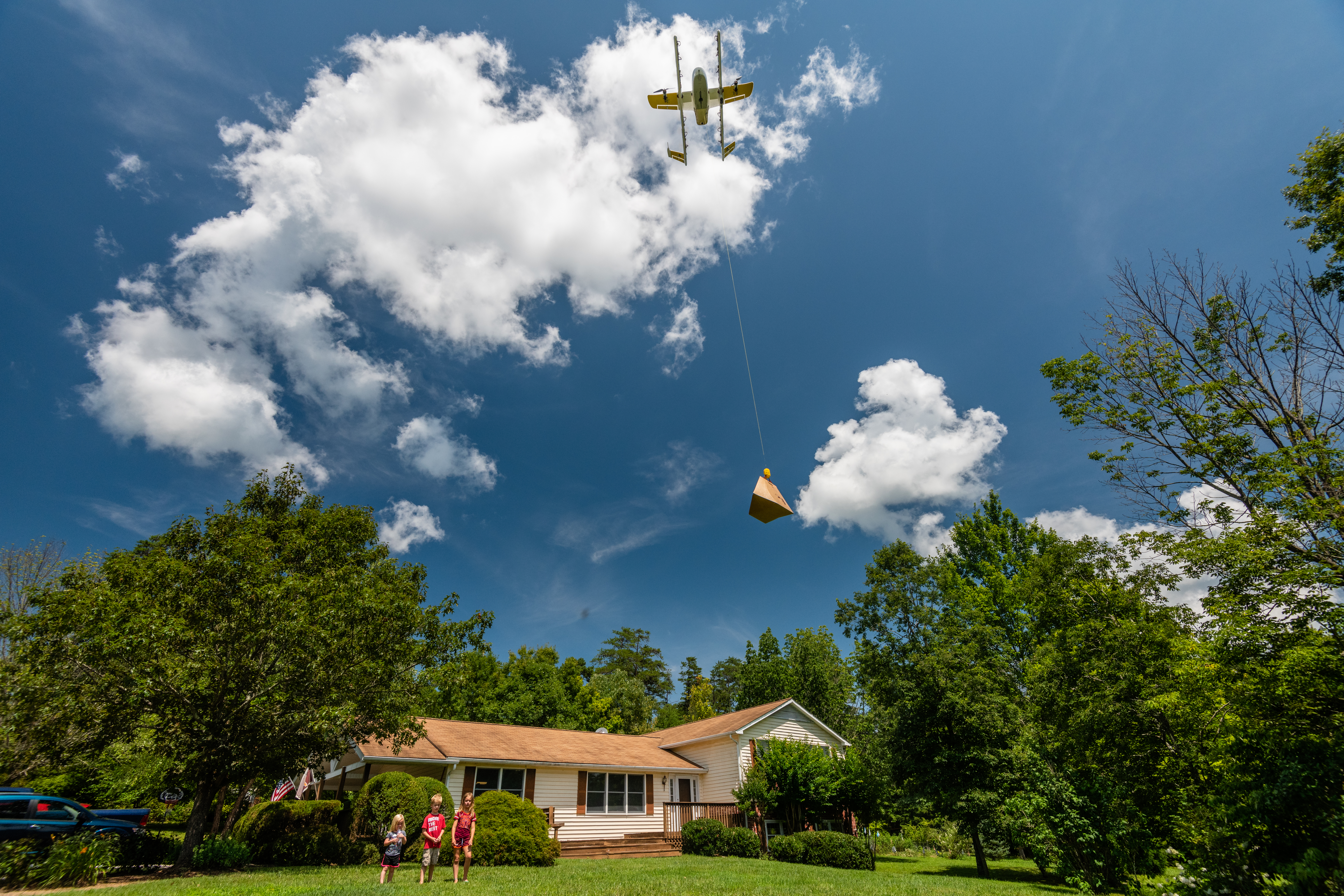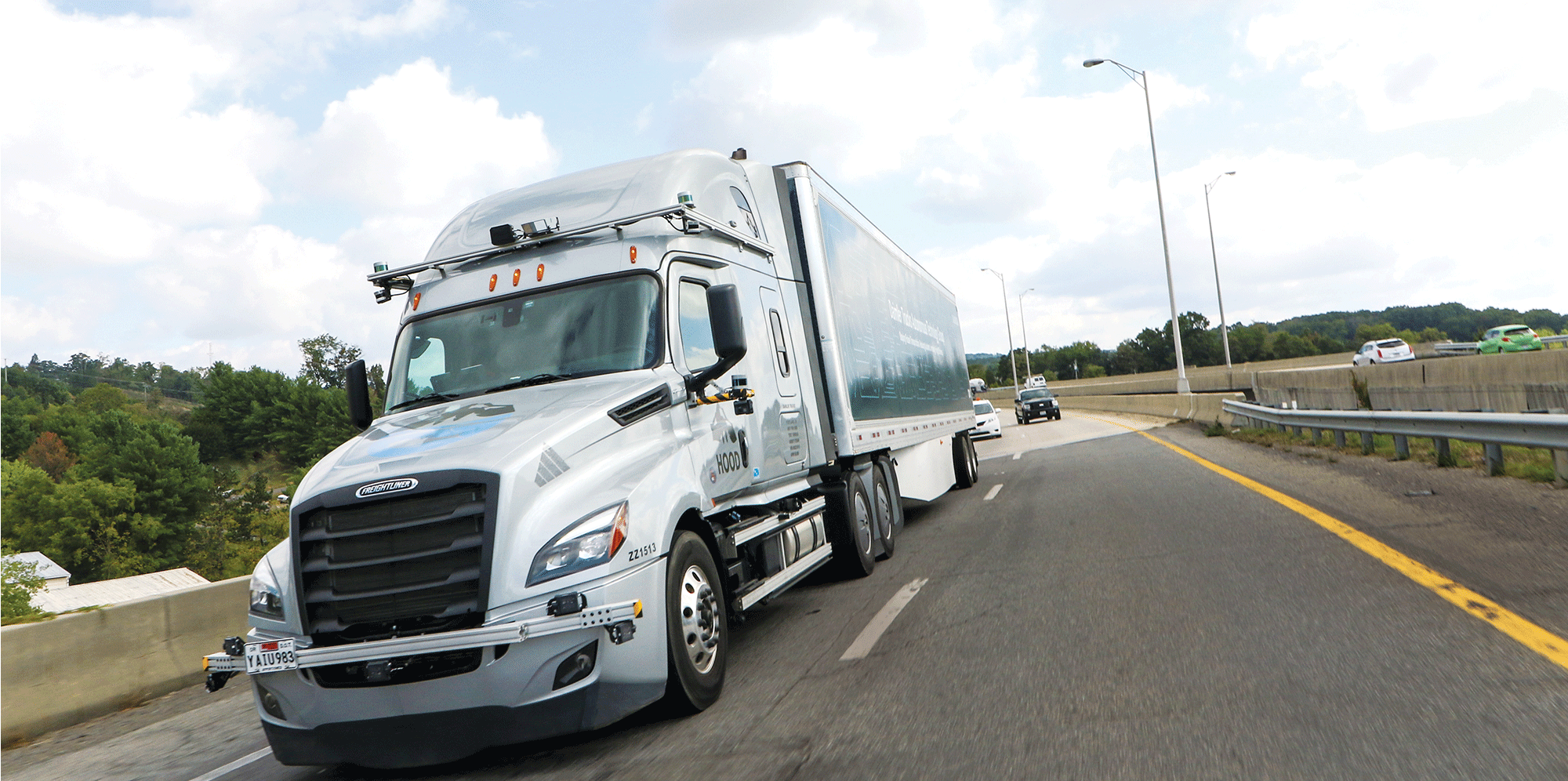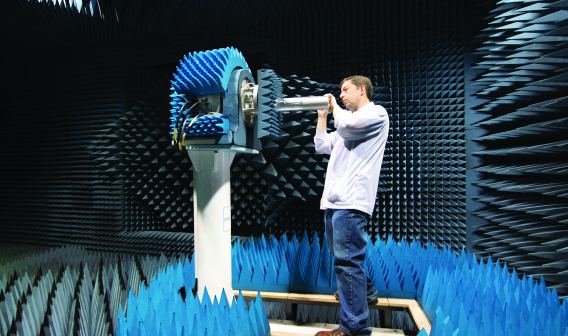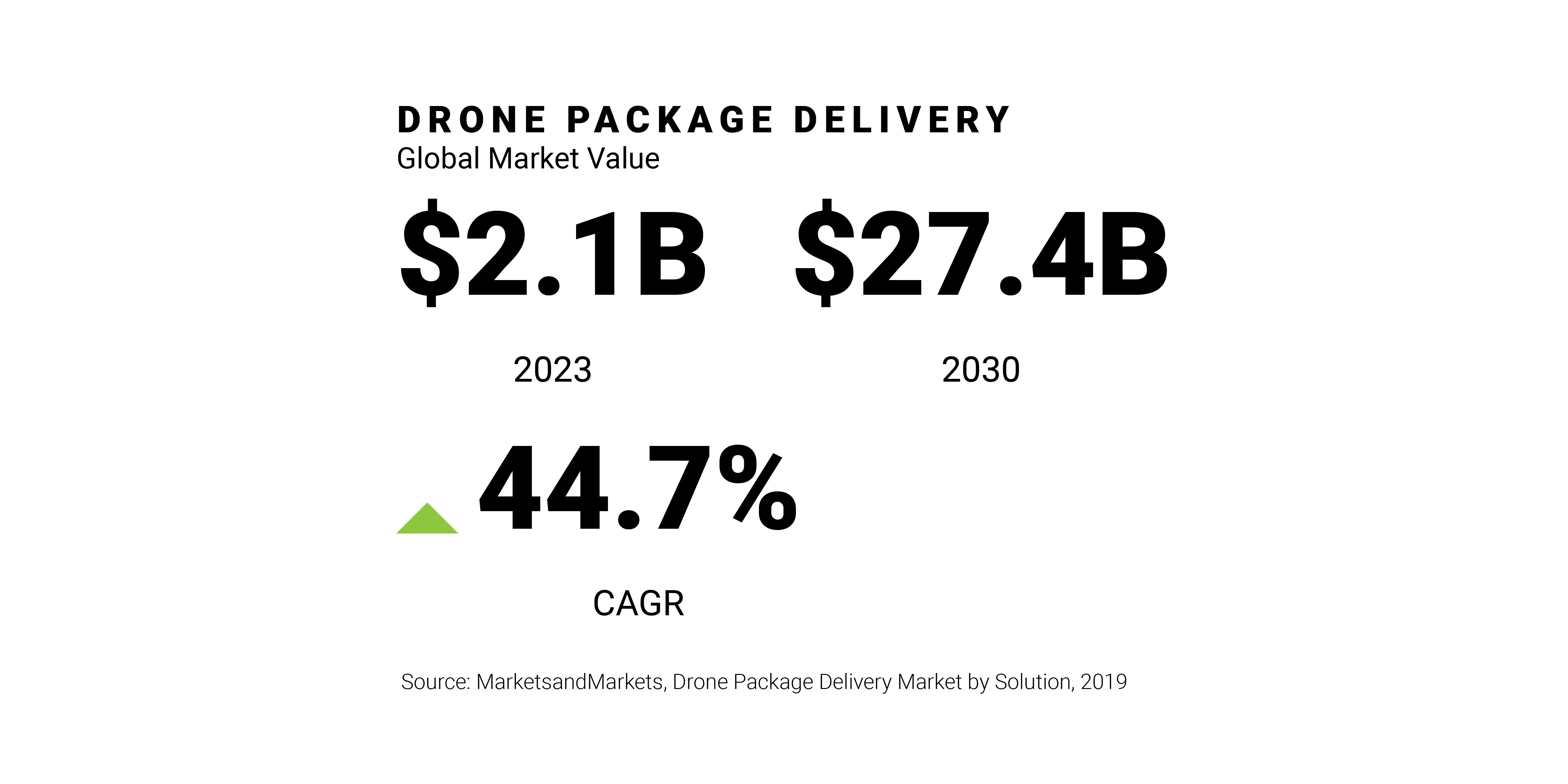
In addition to the FAA’s work with MAAP, the agency selected Mountain Empire Community College in Wise County as one of the first schools to participate in its Unmanned Aircraft Systems Collegiate Training Institute. Participating colleges and universities will engage with the FAA, general industry, local governments, law enforcement, and other entities to address labor force needs.
Drone delivery is expected to be one of the fastest-growing segments of the industry, as companies like UPS, Amazon, and FedEx look for more economic and efficient ways to provide last-mile delivery.
Beginning in 2019, Wing, the drone- delivery unit of Alphabet, partnered with FedEx, Walgreens, and a local retailer to offer drone deliveries in Christiansburg. State Farm was granted the first national waiver by the FAA to conduct drone operations over people and beyond the pilot’s visual line of sight for catastrophic assessments. MAAP provided operational expertise and the research experience to help navigate the approval process and collect supporting data.
Richmond-based Dominion Energy worked with MAAP to gain FAA approval for expanded beyond-visual-line-of-sight drone flights to enable more efficient inspection of linear infrastructure.
Blanks attributes MAAP’s success to reputation, relationships, and capabilities. “We have a good relationship with FAA and a good reputation as an objective and knowledgeable third party,” he said. Virginia boasts a UAS test site, as well as two NASA facilities focusing on UAS research, Langley Research Center and Wallops Flight Facility. Partnering with faculty at Virginia Tech, MAAP has been able to tackle the most challenging technical aspects of UAS integration.
Flying beyond line of sight is among the key obstacles to adoption of UAS in many industries. Doing it safely requires that drones detect and avoid other aircraft.
Boeing’s experience with unmanned systems is rooted in work for the U.S. Department of Defense on the MQ-25, ScanEagle, and RQ-21 Blackjack. According to Per Beith, president and CEO of Manassas-based Aurora Flight Sciences, a Boeing company, the same safety, efficiency, and strategy-driven implementation employed in defense projects can be applied to commercial UAS systems.
Boeing is focused on next-generation airspace management, global airspace integration, modeling smart cities, working with regulators, and exploring new market opportunities that will make the future mobility ecosystem a reality. Some of the prototype programs involve passenger and cargo air vehicles, commercial small autonomous systems, and passenger-carrying hypersonic aircraft.
“Even more important than the development of tomorrow’s aircraft is the need to create a new kind of global airspace that’s safe, reliable, and robust enough to accommodate a diverse range of vehicles — both piloted and autonomous,” said Beith.
The FAA recently proposed rules for flying over people and remote identification of UAS operated in the U.S. airspace. Remote ID is the ability of an unmanned aircraft in flight to provide identification and location information to people on the ground and to other airspace users. When these rules are finalized, Blanks believes the FAA will be more receptive to flying beyond visual line of sight. Boeing also expects a phased-in adoption of future air vehicles when all of the associated hard problems — autonomy, electric and hybrid electric propulsion, airspace integration, and regulation — are solved.
“There’s probably more real-world commercial-level activity happening here in Virginia than anywhere in the country,” said Blanks. “It’s a testament to the positive business climate, technical capability, and support from multiple administrations.”
